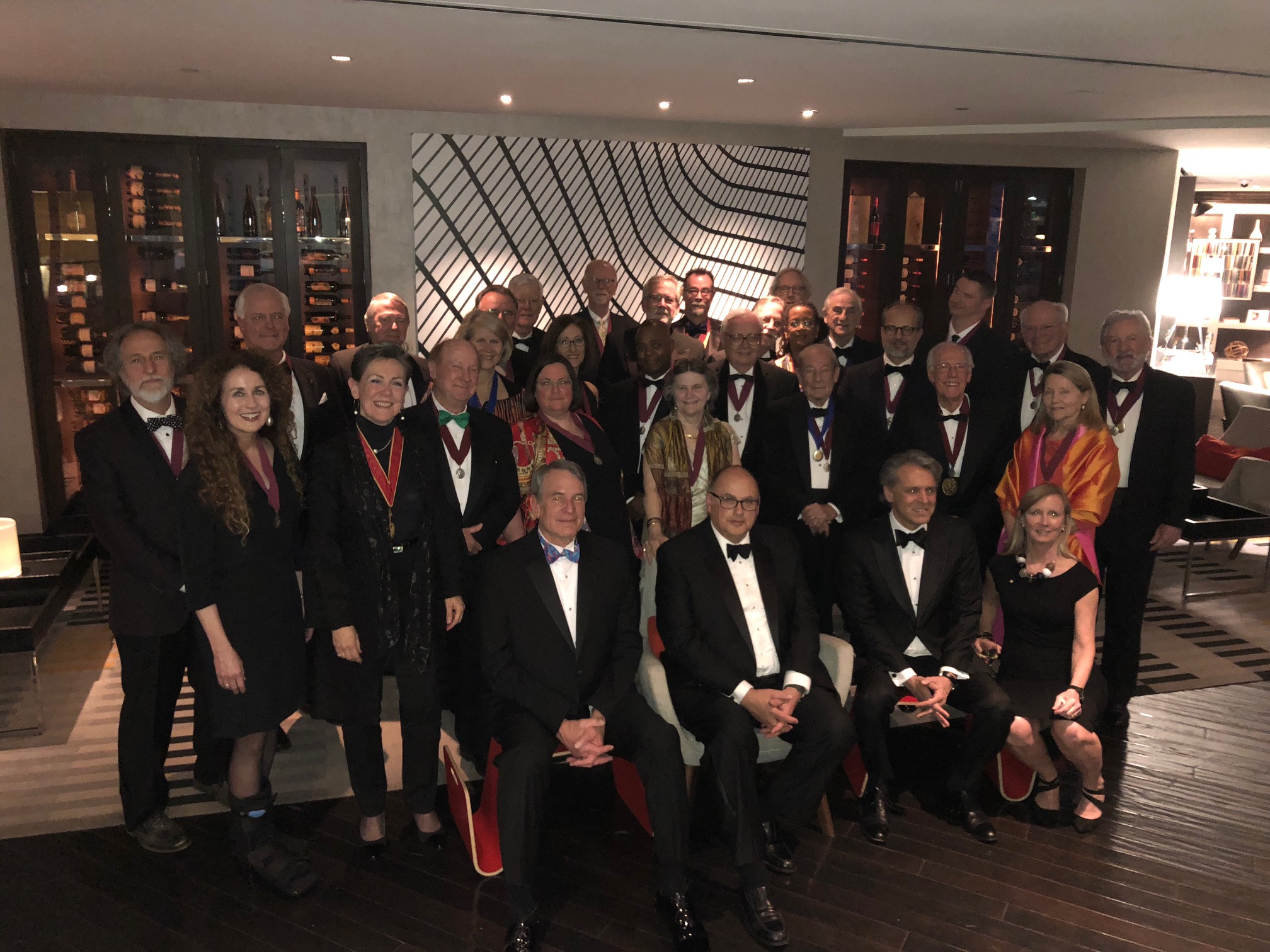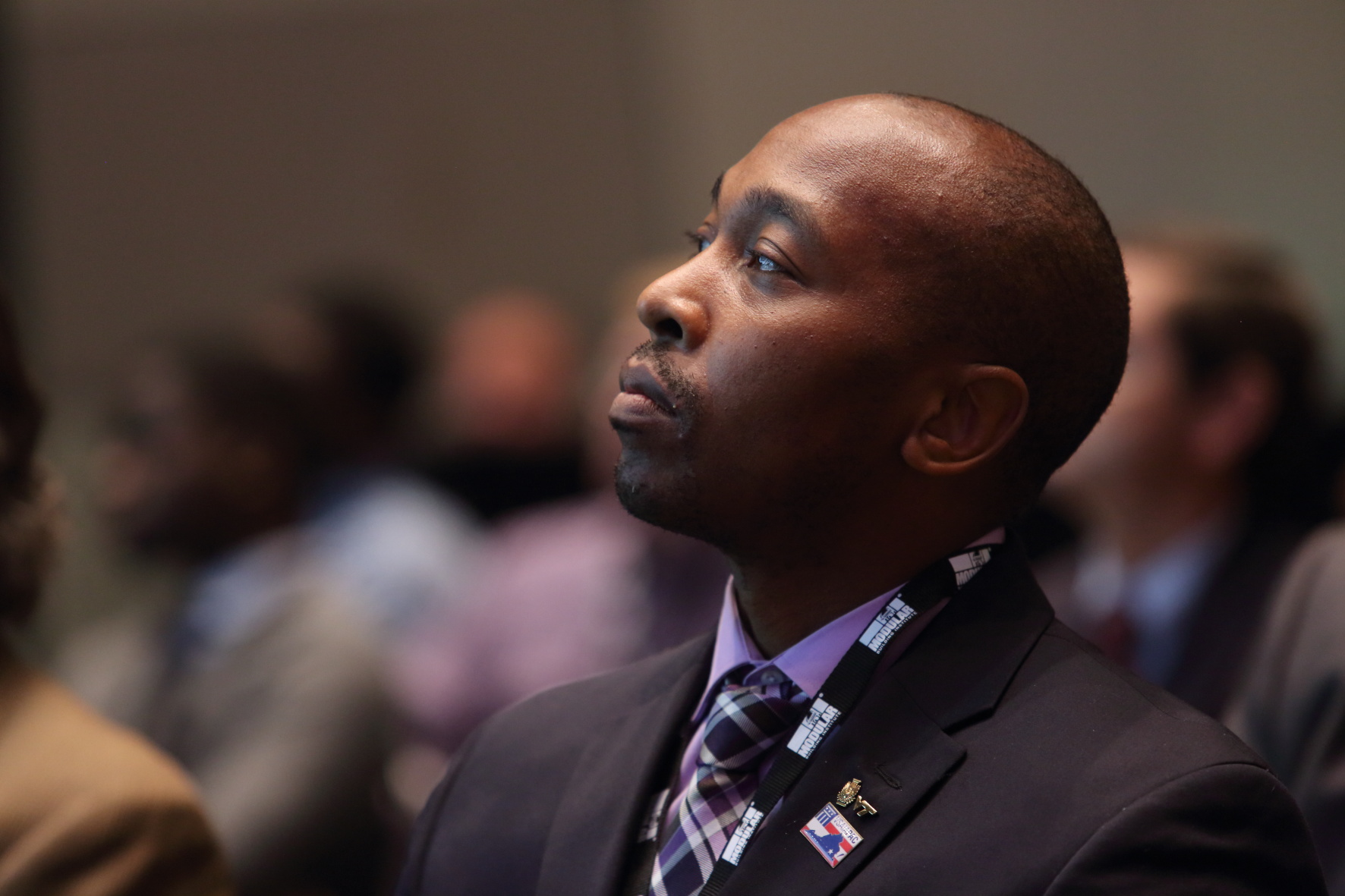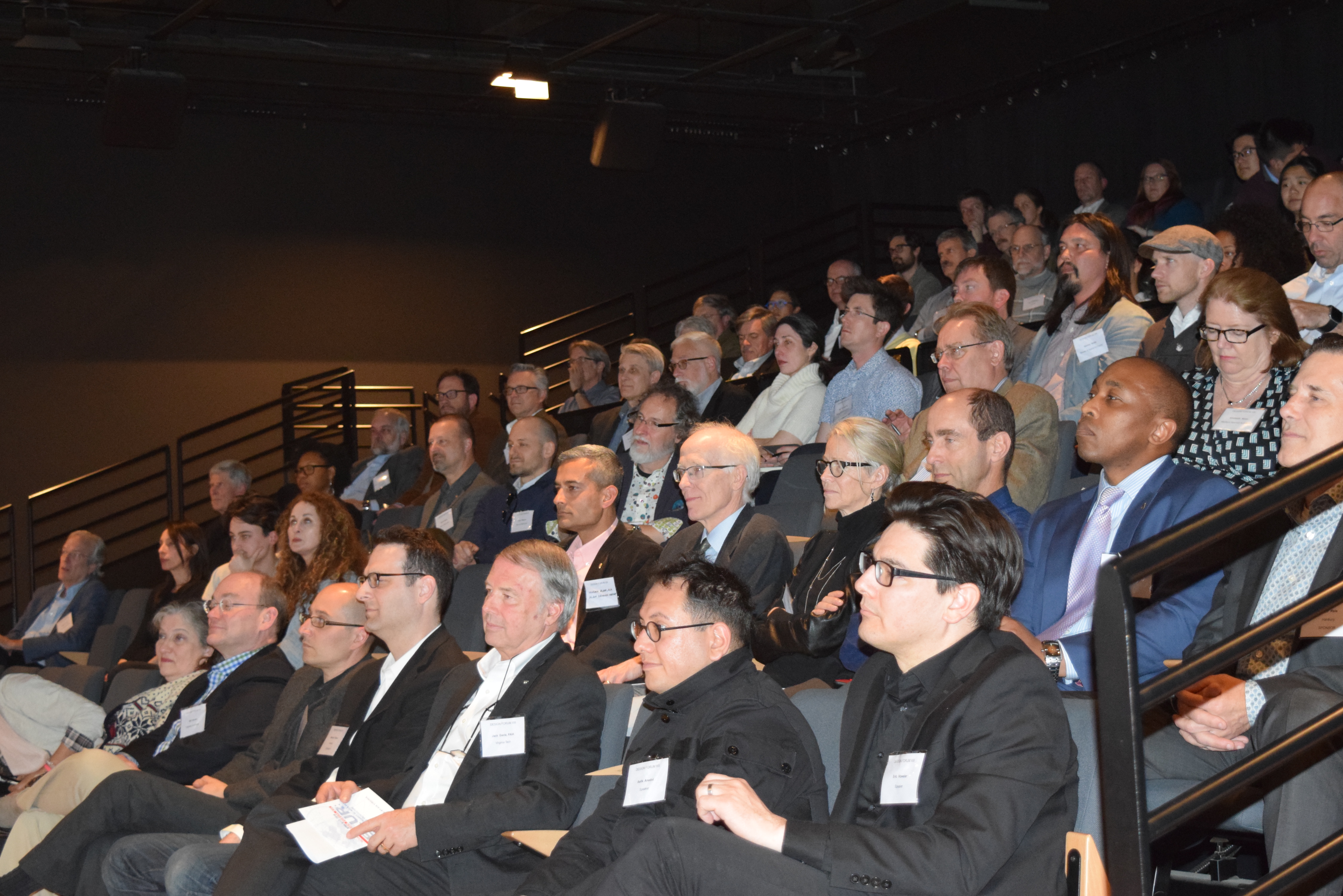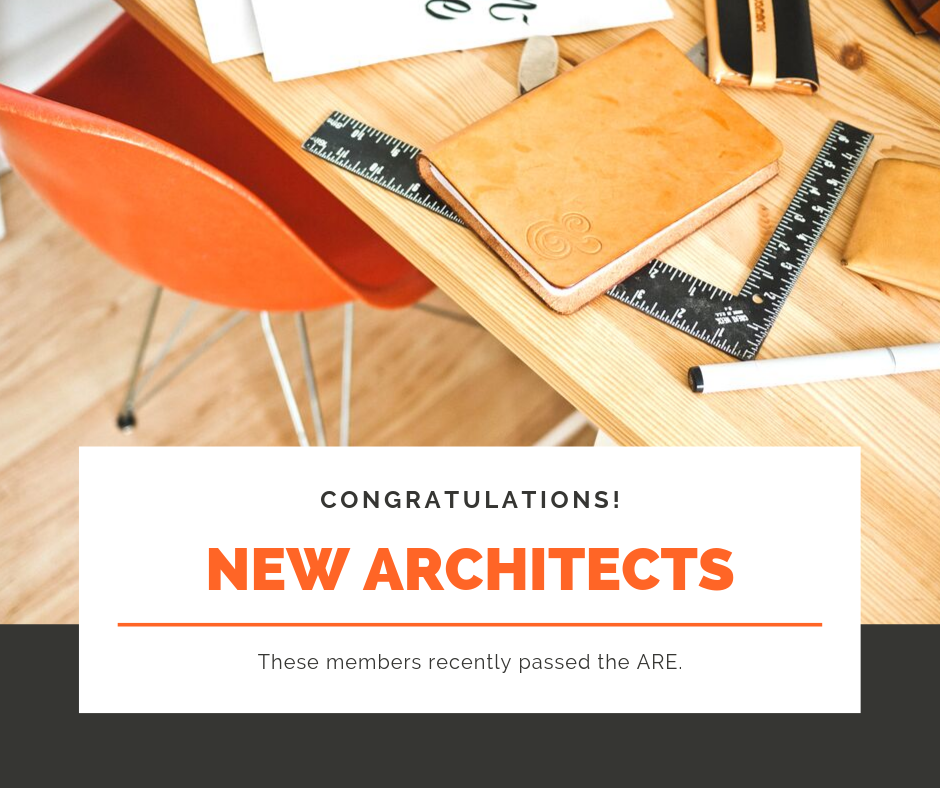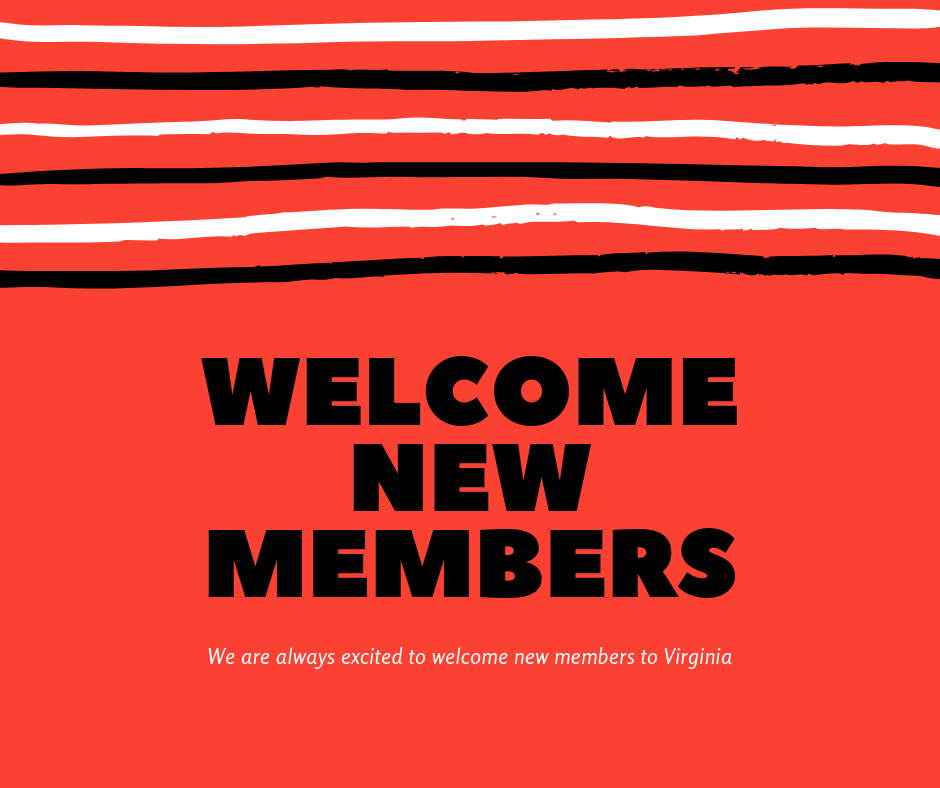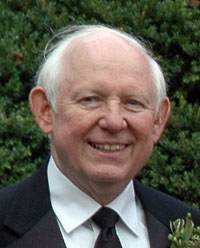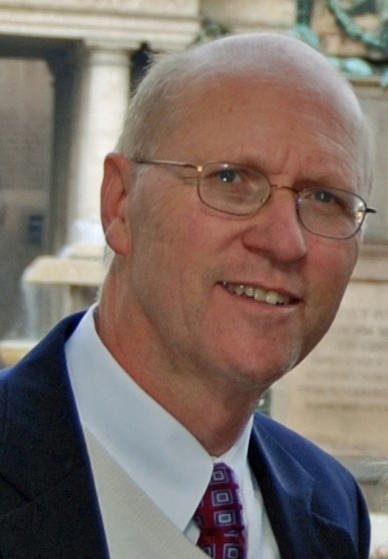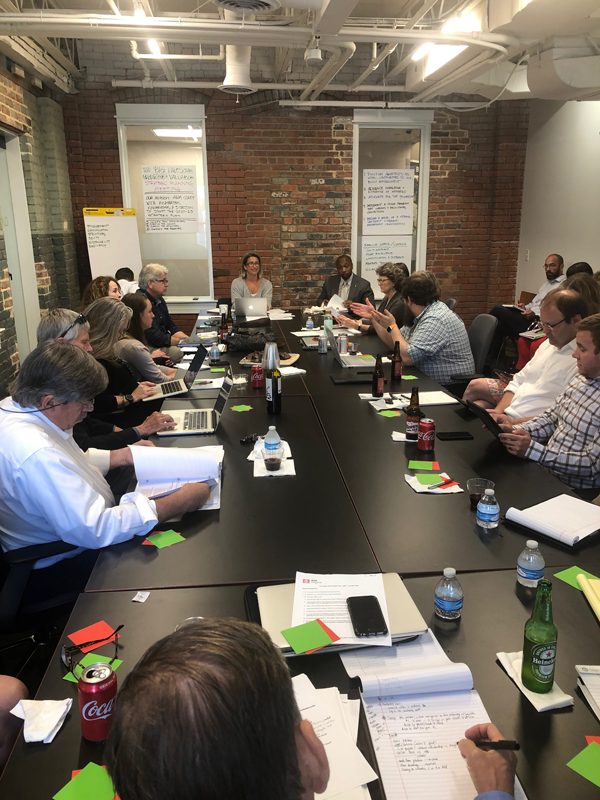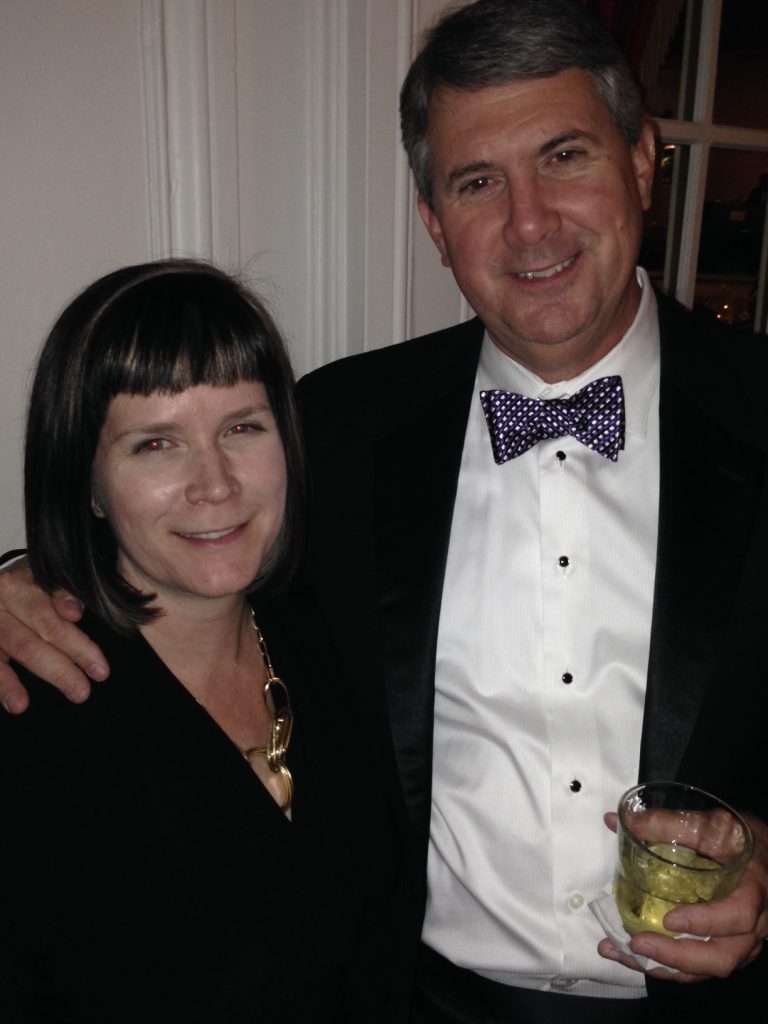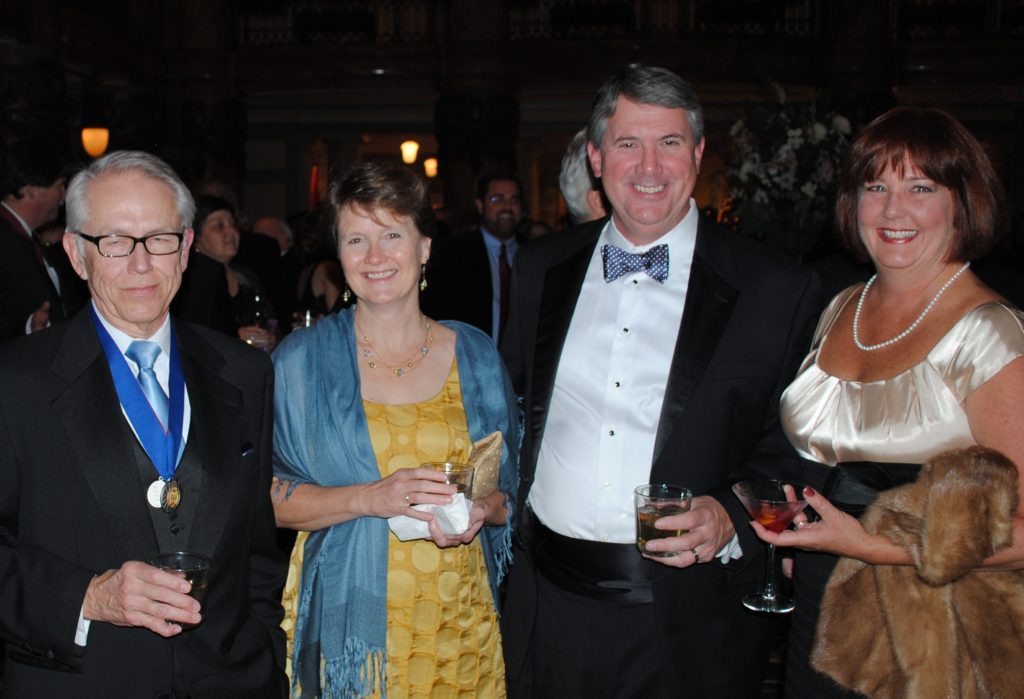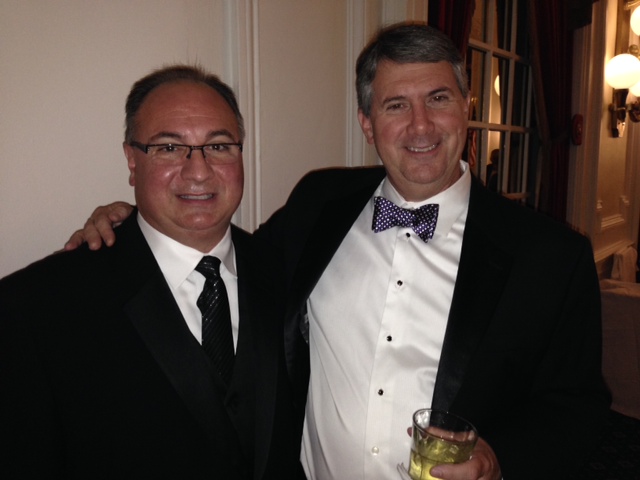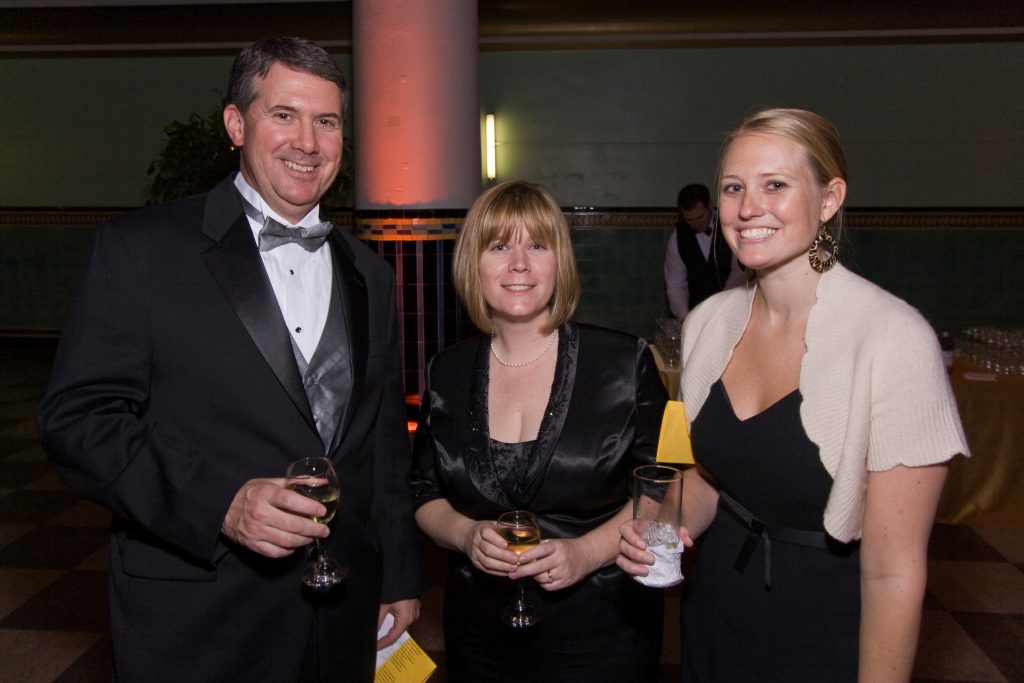As recommendations to protect public health rapidly evolve, we believe it is prudent to postpone the Fellows Fete. AIA Virginia will be working with our vendors and venue to identify a new date for this event. We will be in touch with ticket holders as soon as details can be finalized. Refunds will be available for those who are not able to join us for the rescheduled event.
American Institute of Architects College of Fellows Region of The Virginias cordially invites you to the 2020 Fellows Fête.
Saturday, March 28, 2020
6:30 – 9:30 p.m.
Mobelux
1635 W. Broad Street
Richmond, VA 23220
Attire is Black Tie.
Join us for cocktails, dinner, and a celebration of our new fellows!
R. Corey Clayborne, FAIA (AIA Richmond)
Robert L. Easter, FAIA (AIA Richmond)
H. Randolph Holmes Jr., FAIA (AIA Richmond)
Gregory L. Rutledge, FAIA (AIA Hampton Roads)
W. Kenneth Wiseman, FAIA (AIA Nothern Virginia)
Purchase Tickets>> Ticket sales are currently suspended.
Hotel:
A block of rooms has been reserved at the Embassy Suites by Hilton Richmond. Make reservations online or call 1-804-672-8585 and ask for the American Institute Architects group rate. DISCOUNT ENDS MARCH 11th.
Parking:
Carpooling from the hotel is recommended. There are limited parking spaces at Mobelux and street parking available on Broad Street in front of the building.
Thank you to our sponsors
Show your support for this event through sponsorships. Contact Judy Cheadle, jcheadle@aiava.org for more information.
If you have any trouble purchasing tickets, contact Cathy Guske, cguske@aiava.org.

